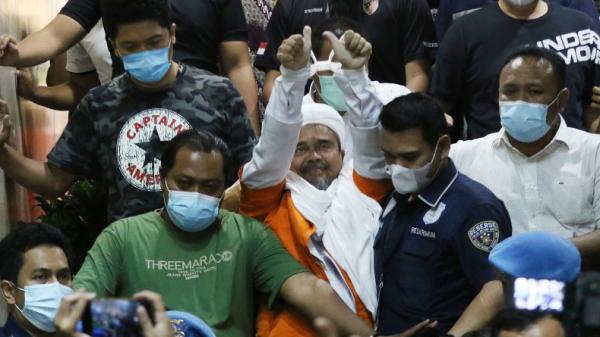Since the beginning of October 149 people have died in connection with a corona infection in Saarland, in November it was between 15 and 30 people a week. The case mortality – i.e. the number of deaths in relation to the people who tested positive – is currently significantly lower than in the spring. If around six percent of those who tested positive died between the beginning of March and the end of May, it was only 1.7 percent in the summer. The rate is currently 1.2 percent.
One reason for this is that more tests are now being carried out and more mild cases are being discovered, especially in younger people – and the overall death rate is falling as a result. But other factors also seem to play a role. This becomes clear when you look not only at the total numbers, but especially at the development in older age groups.
Death rate for people over 80 has fallen
Detailed figures are available from the Saarbrücken regional association and the Robert Koch Institute. Accordingly, around 28 percent of the over-80s who were infected with the corona virus died in the regional association from March to mid-June. The death rate currently fluctuates between ten and 17 percent – an exact classification is difficult because the health of an infected person can only worsen after several days.
A similar development can currently be seen in nursing homes in Saarland. Since tests were carried out across the board in spring, the number of unreported cases should be correspondingly low. According to the Ministry of Health, 321 cases in nursing homes were known between March 1 and September 30. 97 of them – almost one in three – died as a result. From October 10 to November 15, there were 221 positive corona findings and 35 deaths in the same period – fewer than during the first wave.
Virus dose an important factor
The Homburg virologist Dr. Jürgen Rissland sees two main reasons for this development. “Compared to spring, we have a better understanding of how we can treat people in the clinics more effectively,” said Rissland. Another important factor is the dose of the virus that those affected get when they are infected. A high virus dose can contribute to a severe course, a low virus dose, on the other hand, often has less serious consequences.
And here the hygiene and AHA + L rules also play a role, Rissland speaks in summary of “non-pharmaceutical measures”. Keep your distance, ventilate regularly, wear a mask – all of this could help ensure that those affected only receive a low dose of the virus. The problem remains, however: “I cannot now clearly classify which measure has which part,” said Rissland. Therefore, it is also important to observe all the rules. “The virus has not lost any of its danger – but has not increased either,” Rissland emphasizes.
Thousands more deaths feared nationwide
Even if mortality has fallen, the number of deaths will probably continue to rise in the coming weeks – if only because of the continued high number of infections. The research group headed by Prof. Thorsten Lehr from the Clinical Pharmacy at Saar University has calculated for several scenarios how the development could look in practice. The partial lockdown, which has been in effect since November, has temporarily slowed down the dynamics of the infection, but recently a significant increase has been observed again. The infection situation threatens to get out of hand.
“Without further strict measures before Christmas, the number of cases will continue to increase and lead to several thousand additional corona deaths in January,” said Lehr, referring to the nationwide development. He recommends a hard lockdown before Christmas. This is the only way to prevent the current death rate from doubling by mid-January.
– .


